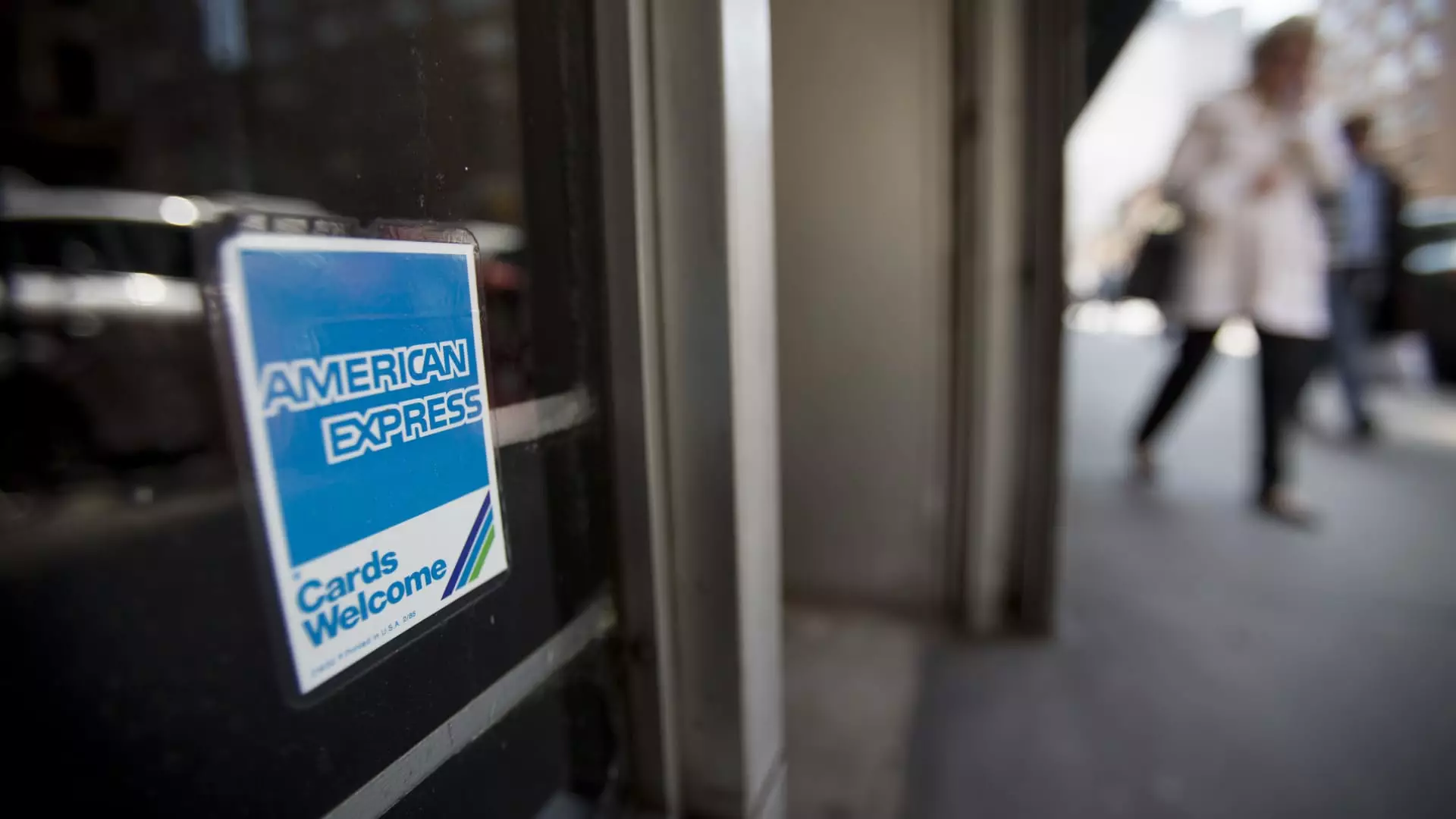American Express has long been perceived as a bastion of elite financial services, catering primarily to affluent clients who indulge in luxury travel and fine dining. This curated image has provided the company with a cushion against the volatility of broader economic trends. However, a closer inspection reveals that this veneer may be masking underlying vulnerabilities, especially as the core engines of revenue—travel and leisure—show signs of strain. While headline figures suggest stability, they obscure a shifting landscape where traditional sources of income are beginning to crack under economic pressures. The company’s recent uptick in total spending might seem promising, but the details unveil a reality that is far more concerning: consumer discretionary spending, particularly on airline travel, has stagnated, hinting at a possible decline in consumer confidence among even the most privileged.
Weakening Demand in the Travel Sector
Despite robust overall spending figures, American Express reports that airline-related expenditures have plateaued. This stagnation is significant because travel—especially the premium segment—is a vital part of Amex’s revenue and brand identity. The decline in domestic airline travel, driven by falling airfare prices and persistent inflation, signals a shift in consumer behavior. With inflation rising overall, yet transportation costs declining, consumers appear to be tightening their belts, especially when it comes to travel expenses. The fact that spending on luxury hotel bookings and premium cabins remains strong offers some relief, but it is hardly enough to offset the broader slowdown in core airline sales. Such discrepancies foreshadow a potential erosion of the company’s strategic advantage, especially if airline partnerships and lounge networks become less relevant as consumer travel diminishes.
Market Anxiety and Competition Spiral
American Express’s shares have underperformed relative to rival financial giants, a clear reflection of investor skepticism. While the company reports steady profits and maintains optimistic outlooks, doubts persist about how durable this resilience truly is. The company’s aggressive spending on rewards programs, particularly with the launch of an upgraded Platinum card, indicates a business model increasingly reliant on costly incentives to sustain growth. This is a risky strategy, especially as competitors like JPMorgan, Citigroup, and Capital One ramp up their presence in the premium credit card market. These rivals can afford to outspend Amex on rewards and perks, positioning themselves as viable alternatives to consumers who might otherwise be loyal to the brand. The underlying concern is that American Express may be caught in a trap—pushing expenses higher just to sustain growth, without any guarantee that these efforts will translate into meaningful, long-term customer retention.
Economic Vulnerability and Future Outlook
The broader economic environment looms heavily over Amex’s prospects. Falling airfare prices amid inflationary pressures suggest that consumers are becoming more cautious or perhaps less able to splurge on travel. This could translate into an erosion of the affluent clientele that forms the backbone of American Express’s revenue model. Moreover, if travel and luxury spending continue to decline, the company’s strategic focus on travel benefits and partnerships could prove to be a fragile foundation. The recent share price performance underscores market doubts about the company’s ability to adapt and sustain profitable growth without resorting to increasingly aggressive—and potentially unsustainable—spending on rewards and incentives. American Express’s future hinges on whether it can innovate beyond its traditional luxury image to resonate with a more cautious, yet still affluent, customer base. Until then, its seemingly steady footing might only be an illusion masking deeper instability.

